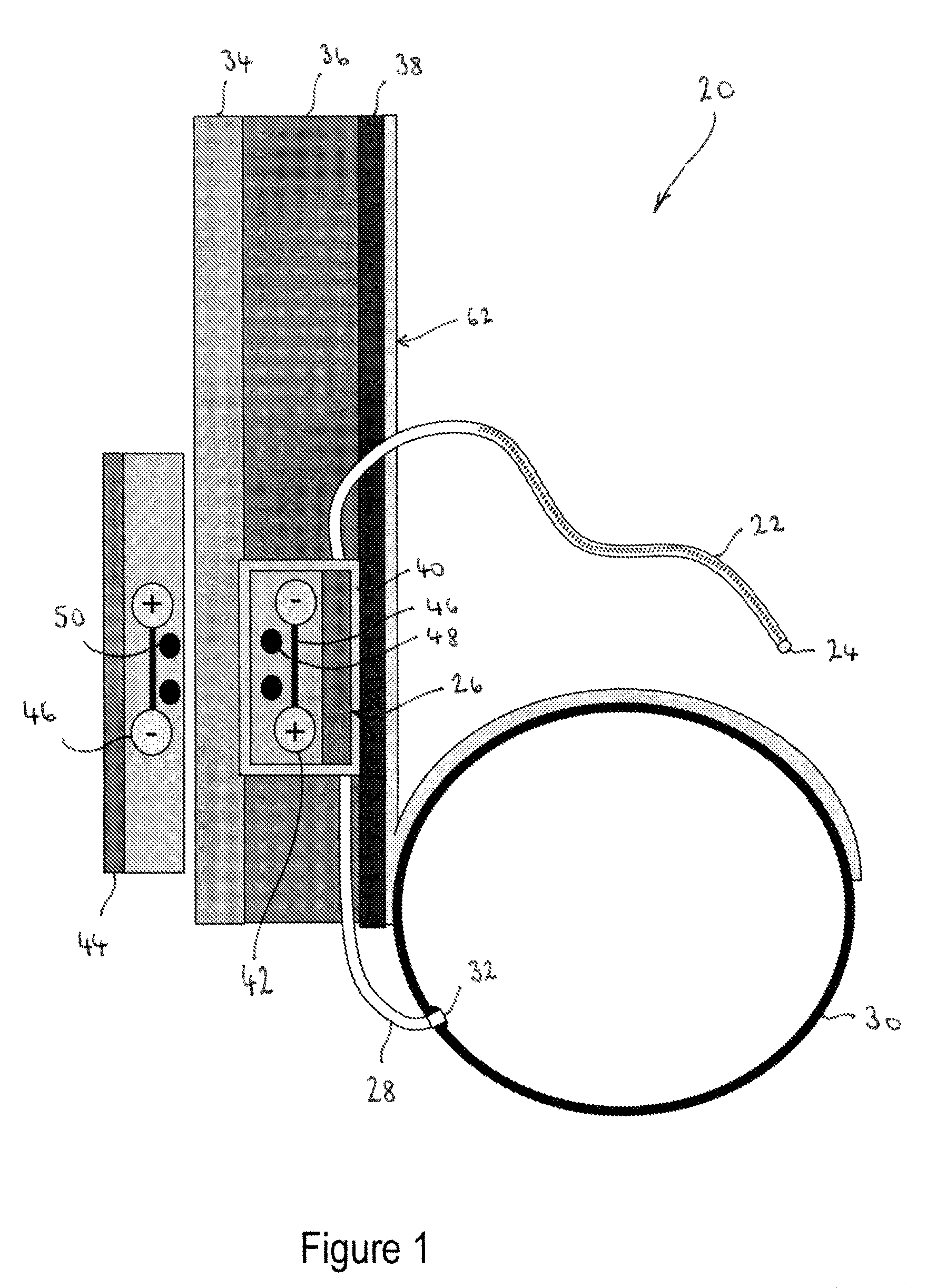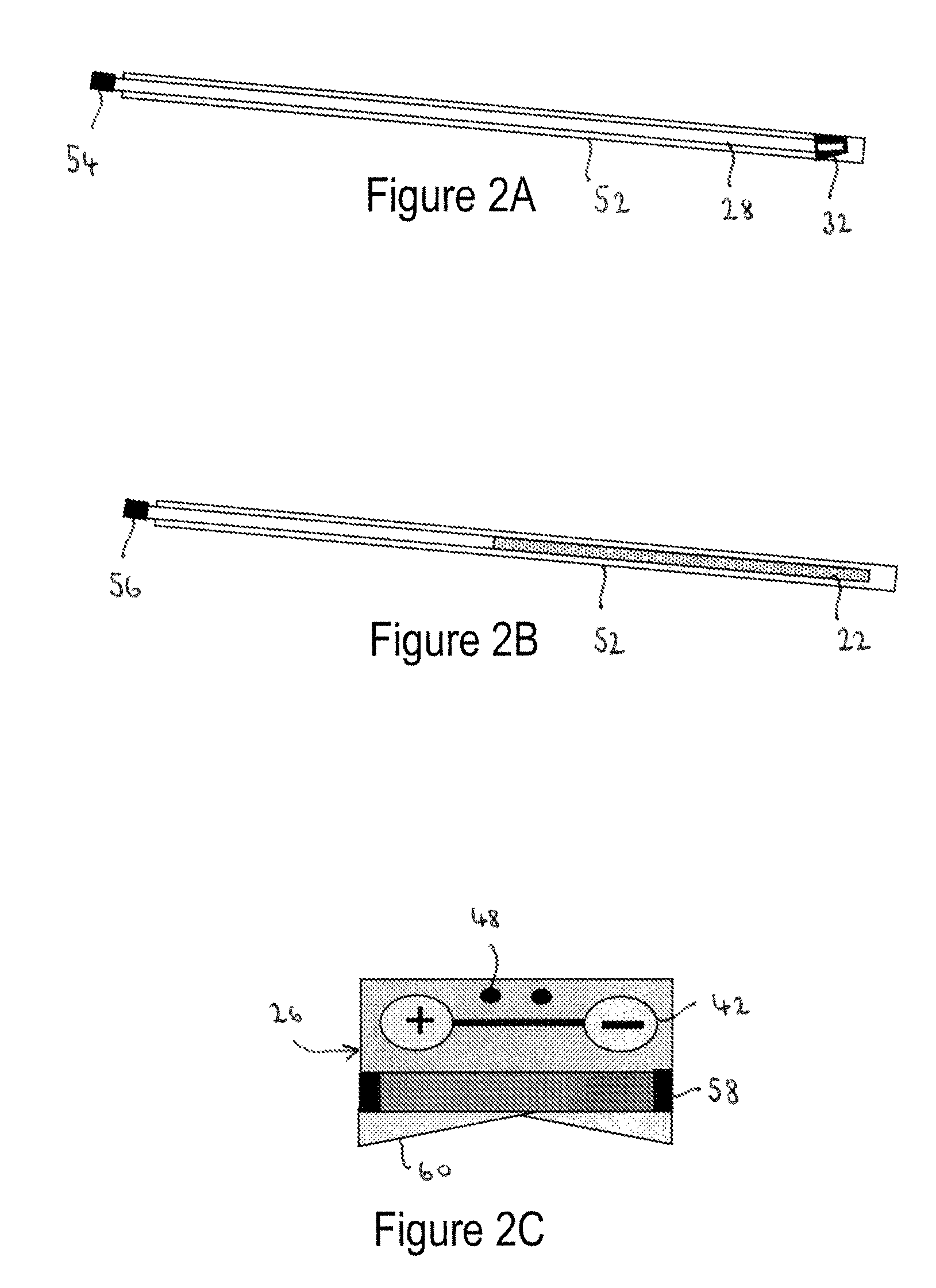Implantable fluid management device for the removal of excess fluid
a fluid management device and fluid management technology, applied in the direction of infusion syringes, automatic syringes, intravenous devices, etc., can solve the problems of inability to effectively meet the oxygen needs of other organs, use of external catheters, and further fluid accumulation, so as to promote the flow of fluid
- Summary
- Abstract
- Description
- Claims
- Application Information
AI Technical Summary
Benefits of technology
Problems solved by technology
Method used
Image
Examples
Embodiment Construction
[0034]Detailed descriptions of embodiments of the invention are provided herein. It is to be understood, however, that the present invention may be embodied in various forms. Therefore, the specific details disclosed herein are not to be interpreted as limiting, but rather as a representative basis for teaching one skilled in the art how to employ the present invention in virtually any detailed system, structure, or manner.
[0035]The present invention concerns a device and a related method for removing fluid from a body cavity. An excessive drainage of fluid may be prevented by coupling an uptake tube to a reservoir constructed as described hereinbelow.
[0036]FIG. 1 illustrates a first embodiment of a device 20 from removing excess fluid from a body region. Device 20 may be utilized, for example, to remove excess fluid from the space between the lungs and the chest wall. Fluid accumulated in this area, called the pleural space, may lead to various diseases or disorders, such as CHF, l...
PUM
 Login to View More
Login to View More Abstract
Description
Claims
Application Information
 Login to View More
Login to View More - R&D
- Intellectual Property
- Life Sciences
- Materials
- Tech Scout
- Unparalleled Data Quality
- Higher Quality Content
- 60% Fewer Hallucinations
Browse by: Latest US Patents, China's latest patents, Technical Efficacy Thesaurus, Application Domain, Technology Topic, Popular Technical Reports.
© 2025 PatSnap. All rights reserved.Legal|Privacy policy|Modern Slavery Act Transparency Statement|Sitemap|About US| Contact US: help@patsnap.com



